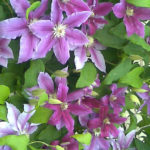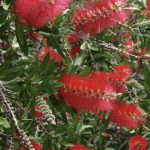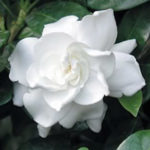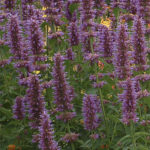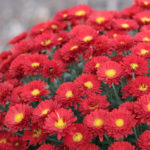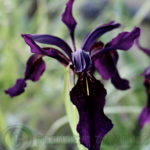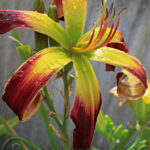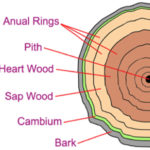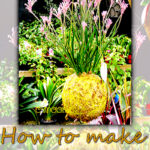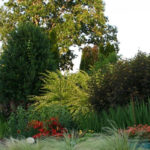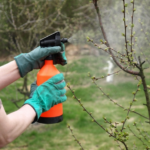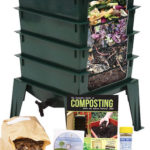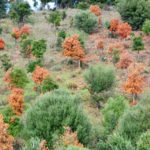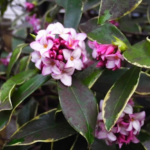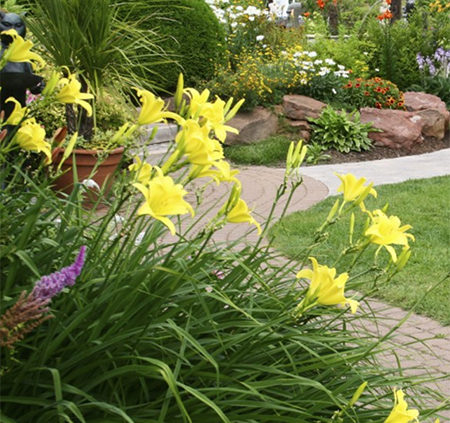
What Are Perennial Plants
Perennial Flowering Plants: How To Grow And Care For Perennials
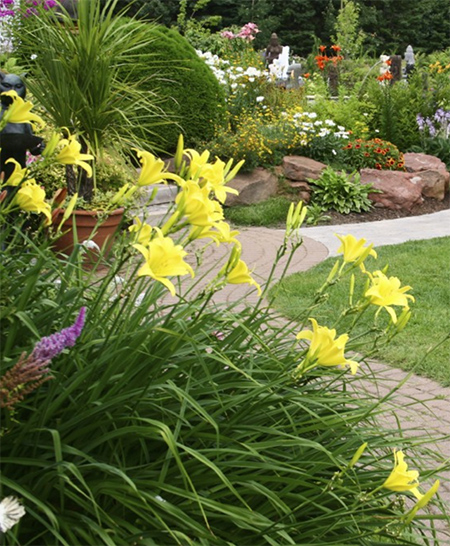 Any plant which lives for more than two years is considered as perennial. Though technically trees and shrubs are perennials, they are usually considered as woody plants by horticulturists. Perennials mainly include non-woody plants which die back during Autumn and re-appear during spring from the roots that survive the winter conditions. Perennials need very low maintenance once established and will remain in the garden for many years. These plants offer a variety of colours, texture, and foliage.
Any plant which lives for more than two years is considered as perennial. Though technically trees and shrubs are perennials, they are usually considered as woody plants by horticulturists. Perennials mainly include non-woody plants which die back during Autumn and re-appear during spring from the roots that survive the winter conditions. Perennials need very low maintenance once established and will remain in the garden for many years. These plants offer a variety of colours, texture, and foliage.
Some perennials will have the lifespan of 3-4 years and some may live for more than 15 years. The blooming time may vary from two weeks to a few months. Rose is a good example of perennial flowers. There are different species and cultivars of perennial plants available to gardeners. Some of the easy to grow perennials include coneflower, peony rose, garden phlox, chrysanthemum and day lilies, etc.
Growing and Taking Care of Perennials
Perennials grow well continuously in warmer climates. The evergreen perennials will retain the foliage all year round. The deciduous perennials grow and bloom during the summer time and the foliage will die back in winter. When growing perennials in the garden, you should prepare the soil well, so that the plant will remain in the same position for years. Do not directly plant the seeds in the garden bed, instead start in the nursery bed and then transplant them. After transplanting, water the plants regularly for a few weeks. Most perennials need soil with pH of 6.5 to 7.0. But some may prefer more acidic or alkaline soil. Use organic fertiliser to feed the plants if you feel that there is no proper growth. The perennials require watering according to the variety you have. Some require plenty of water and some require a moderate amount. There are also drought resistant species. Plant the perennials according to the need for sun or shade and lift and divide them every 3-4 years to ensure optimal growth and flowering. Just the same growing perennials add interest to gardens at all levels.
Examples Of Perennial Plants Fruits Nuts Vegetables Huge List
PERENNIAL PLANT LIST include Hydrangea, Daylilies, Artemisia, Shasta Daisies, Hibiscus, Ferns, Cranesbill Geranium, Dianthus, Stonecrops, Lavender, Red Hot Poker, Sedum, Artemisia, Ice Plant, Coneflower, Yarrow, Bearded Iris, Lily of The Valley, Peruvian lily, Hyacinths, Daffodils, English Ivy, Tulips, Bachelor’s Button, Delphinium, Salvia, Solomon’s Seal, Anemone, Hellebore, Lambs Ear, Siberian Iris, Violets, Campanula Bellflowers, Fuchsia, Boston Fern, Spider plant, Forget-Me-Not, Toad Lily, Creeping Charlie, Lantana, Scented Pelargonium, Seaside Daisy, Begonia, Carnations, Verbena, Agastache, Aptenia Cordifolia, Obedient Plant, Duranta, Centaurea Gymnocarpa and Dichondra Silver Falls and the list goes on untold, there are many more beautiful hardy perennials suitable for general gardening needs.
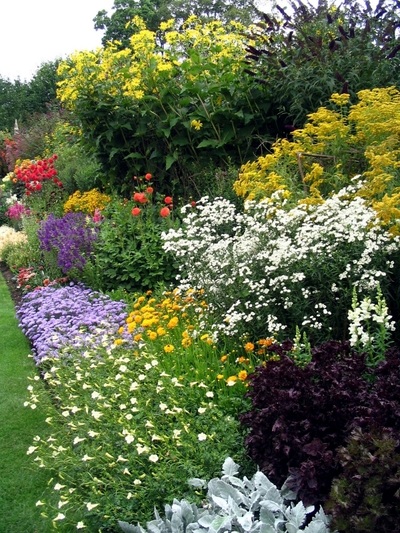 PERENNIAL VEGETABLE PLANTS include Rhubarb, Asparagus, Globe Artichoke, Horseradish, Radish, Peas, Varieties of Lettuce, Turnip and Leeks
PERENNIAL VEGETABLE PLANTS include Rhubarb, Asparagus, Globe Artichoke, Horseradish, Radish, Peas, Varieties of Lettuce, Turnip and Leeks
PERENNIAL HERBS include Mint, Chives, Tarragon, Feverfew, Rosemary, Tarragon, Sage, Aloe, Dandelion, Fennel, Camellia Sinensis, Lemongrass, Marjoram, Tansy, Uva Ursi, Ginkgo and Bay Laurel.
EDIBLE PERENNIAL FRUITS include Fig, Apples, Avocado, Currants, Apricots, Currents, Lemons, Limes, Oranges, Dates, Kiwi Fruit, Olives, Pears, Raspberries, Plums, Nectarines, Grapes and Persimmon.
PERENNIAL NUTS include Macadamia, Walnut, Hazelnut, Almond, Chestnut, Pecan and Pistachio.
Propagation
Though some perennials can be easily propagated by division, some may require propagation by stem cuttings or propagation using seeds. When dividing the plant, make sure that the soil is enriched with compost. Spring is the ideal time for division of perennials. Propagating using stem cuttings, here is how:
Take 10 cm long soft tip and remove the two leaves at the bottom and plant it in potting mix. Dipping the bottom side in rooting hormone encourages faster root growth. Place the cuttings in a humid area with indirect sunlight. Keep the soil damp until the new growth appears. Transplant when the plant is well established. If you are using seeds to propagate, collect the seeds during the autumn and sow them during early spring in seedling trays with seed starting soil mix. Water the seeds after sowing and keep the soil moist till the seeds germinate. Germination occurs within a few days or weeks, according to the species planted. Transplant them to new pots or to garden beds after the new plants produce 2-3 sets of leaves.
The biggest advantage of growing perennials is that you don’t have to replant them year after year, unlike annuals or biennials.


